Good land attracts birds. From a “new economic zone” with only a few households, then dozens of poor households from many different localities coming to set up tents and earn a living by fishing, Vung Ro has become a bustling residential area with a prosperous life.
Vung Ro is located in Hoa Xuan Nam commune, Dong Hoa town, including Mu U beach, Lach beach, Nga beach, Chua beach, Ho beach, Chinh beach, Lau beach, Bang beach, Nhan beach, Mui Yen, Mui Dien and Hon Nua.
Old O Ro
According to the elders, the ancient name of Vung Ro was O Ro in the Cham language. But many people believe that because of the O Ro tree, a short, round-leafed, bushy-branched herbaceous plant with many thorns from the base to the top, growing densely on the beaches, it was named O Ro.
Vung Ro Bay is surrounded by high mountains on three sides. The climate here is fresh all year round, the waves are calm, and the sea is peaceful.
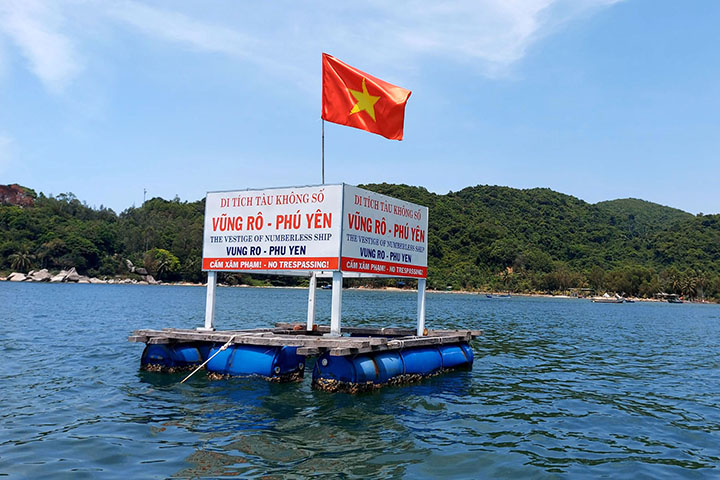 |
| Where the No-Number ships anchored 60 years ago. Photo: XUAN HIEU |
Standing on the top of Ca Pass looking down, the deep blue Vung Ro Bay appears in the middle of the vastness of the sky and earth, like a giant blue and calm lake. To the east is Hon Nua, bordering Dai Lanh sea (Van Ninh, Khanh Hoa ) blocking the wind from the open sea; between Hon Nua and Mui Yen is the gateway for ships.
The North-South railway runs through a part of the West at the foot of Ca Pass with winding tunnels, long and short, one after another. Sitting on the train, passengers can look out the window to admire the beauty of Vung Ro.
Before the 1990s, when Vung Ro was still wild, Vung Ro Bay was only a place for local fishermen and some neighboring provinces to exploit seafood, and a place for boats to shelter from storms. Especially, during the resistance war, Vung Ro became a very important strategic location for both sides. In the years 1945-1954, France considered Vung Ro as a springboard to attack and block our food and weapons supply routes to the battlefields of Phu Yen , Khanh Hoa and the Central Highlands.
During the resistance war against the US, Vung Ro was the port that led oil to Dong Tac airport, where military equipment was transported to the Central battlefield of the Army of the Republic of Vietnam. And it was also at Vung Ro that 60 years ago, the army and people of Phu Yen welcomed the first No-number ship carrying more than 60 tons of weapons and medicine along the Ho Chi Minh Trail at sea to a safe port.
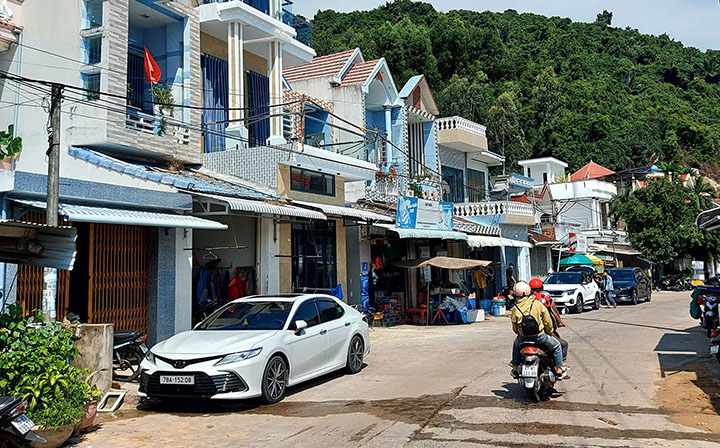 |
| Solid houses have sprung up close together along the shore, there are no more temporary houses. Photo: XUAN HIEU |
According to People's Armed Forces Hero Ho Dac Thanh, former Captain of Ship 41, Heroic Ships Without Numbers, from November 1964 to February 1965, Vung Ro wharf welcomed 4 Ships Without Numbers transporting more than 200 tons of weapons and goods from the Northern rear to support the Southern battlefield.
The fourth trip (ship 143) docked on the night of February 15, 1965 and was discovered by the enemy. To ensure the safety of the Ho Chi Minh Trail at sea, we proactively used explosives to sink the ship in the Chua beach area, preventing it from falling into enemy hands. The ships without numbers in Vung Ro completed their historic mission in the most glorious way during an extremely difficult period at that time.
Vung Ro today
| Vung Ro village currently has 512 households with 1,830 people living, of which more than 75% are well-off, with only 7 poor households and 20 near-poor households due to lack of main labor. 100% of households use tap water in daily life, and there are no more temporary houses. Mr. Tran Hau, Party Cell Secretary and Head of Vung Ro village |
Vung Ro village was officially established in 1986, gathering residents from many different regions such as Thua Thien - Hue, Quang Ngai, Khanh Hoa... and indigenous people. However, before that, there were people from Tuy Hoa who came to this "new economic zone" to reclaim land, first was Mr. Chau Dinh Khang's family in Ward 6 (now Ward 4); then many families migrated from Hue and many other places. Vung Ro became a place where many different cultures and customs intersect.
In the early days of the village's establishment, the lives of the people of Vung Ro encountered many difficulties, travel was mainly by sea and everything started from scratch. But since the re-establishment of Phu Yen province, this fishing village located at the foot of Ca Pass has truly changed its skin, with a miraculous transformation.
Houses are built neatly and closely along the bay shore, along with many projects and infrastructures that have been invested in and built. That is Vung Ro seaport with a capacity of 500,000 tons of goods per year, capable of receiving liquefied gas tankers up to 250,000 DWT.
Next to it is National Highway 29, which is adjacent to National Highway 1 - the North-South highway, connecting the South Central Coast with the Central Highlands. This is also the only sea traffic hub in Phu Yen today, connected to Hoa Hiep Industrial Park, opening up a new vision, attracting many urban, tourism, industrial, and commercial service investors to Dong Hoa.
There is also a petroleum depot belonging to Phu Yen Petroleum Joint Stock Company (PV OIL Phu Yen) with a capacity of 22,700m3; a gas depot with a capacity of thousands of tons belonging to Saigon - Phu Yen Petroleum Joint Stock Company; a representative office of Quy Nhon Maritime Port Authority, Linh Son Pagoda, and a border guard station...
The Vung Ro school of Le Thanh Ton Primary and Secondary School has also been invested in and built to meet standards, and is the place of study for hundreds of students from three levels: preschool, primary and secondary. And especially, with its majestic natural scenery, the Vung Ro National Historical Site has become a cultural and historical tourist destination for domestic and foreign tourists, associated with the legend of the Ho Chi Minh Trail at sea.
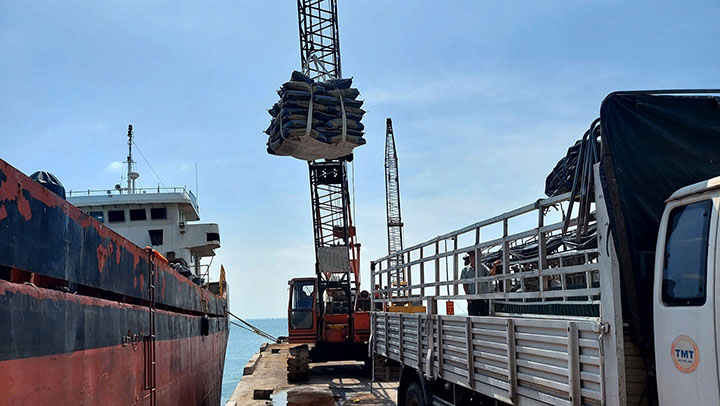 |
| Large cargo ships import and export goods at Vung Ro port. Photo: XUAN HIEU |
Mr. Tran Hau, Party Cell Secretary and Head of Vung Ro Village, said: Compared to the early days of the province's re-establishment, the lives of Vung Ro residents today have changed significantly. The entire village currently has 512 households with more than 1,830 people living there, of which more than 75% are well-off, with only 7 poor households and 20 near-poor households due to lack of main labor. 100% of households use tap water in daily life, and there are no more temporary houses.
According to Mr. Nguyen Nhan, former Party Secretary of Vung Ro village, Vung Ro people today are not only good at exploiting and raising aquatic products but also know how to do business, trade, and provide tourism services, so their economic life is increasingly prosperous and their spiritual life is also improved. Families with high incomes, typically households such as Phan Van Khanh, Nguyen Van Khai, Truong Van Hung, etc. Along with other coastal villages in the province, Vung Ro today is full of vitality on the path of innovation, for a peaceful, prosperous and happy life.
XUAN HIEU
Source: https://baophuyen.vn/94/323403/vung-ro-thuo-ay-bay-gio.html



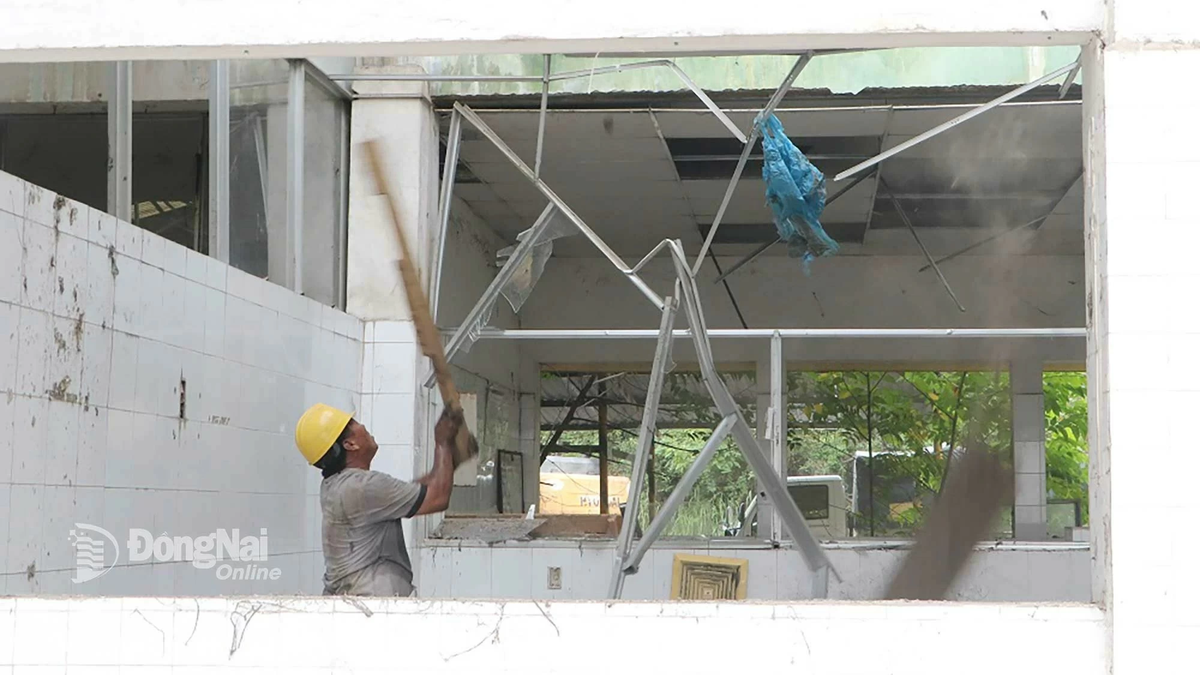
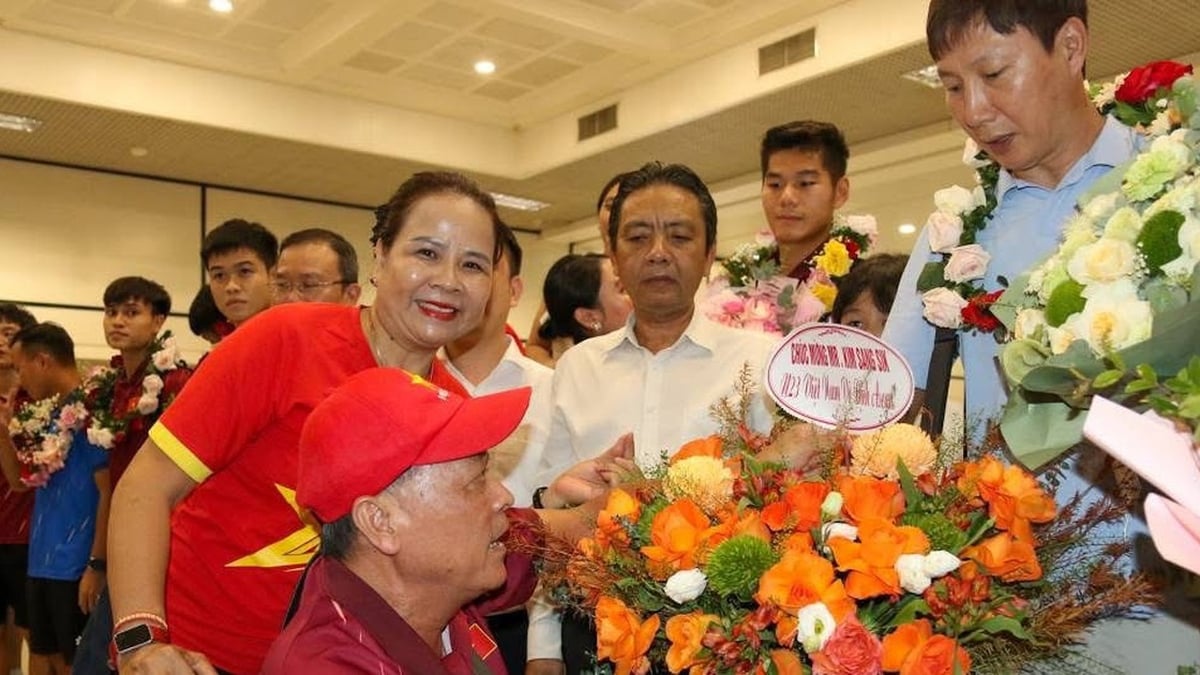

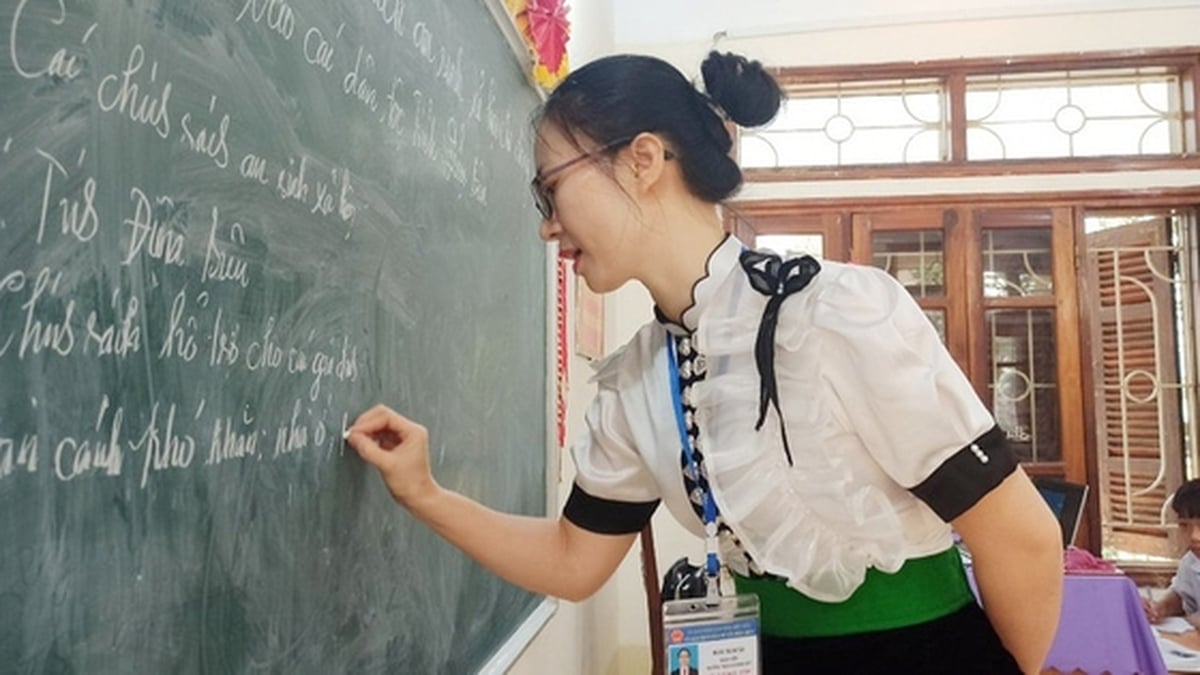
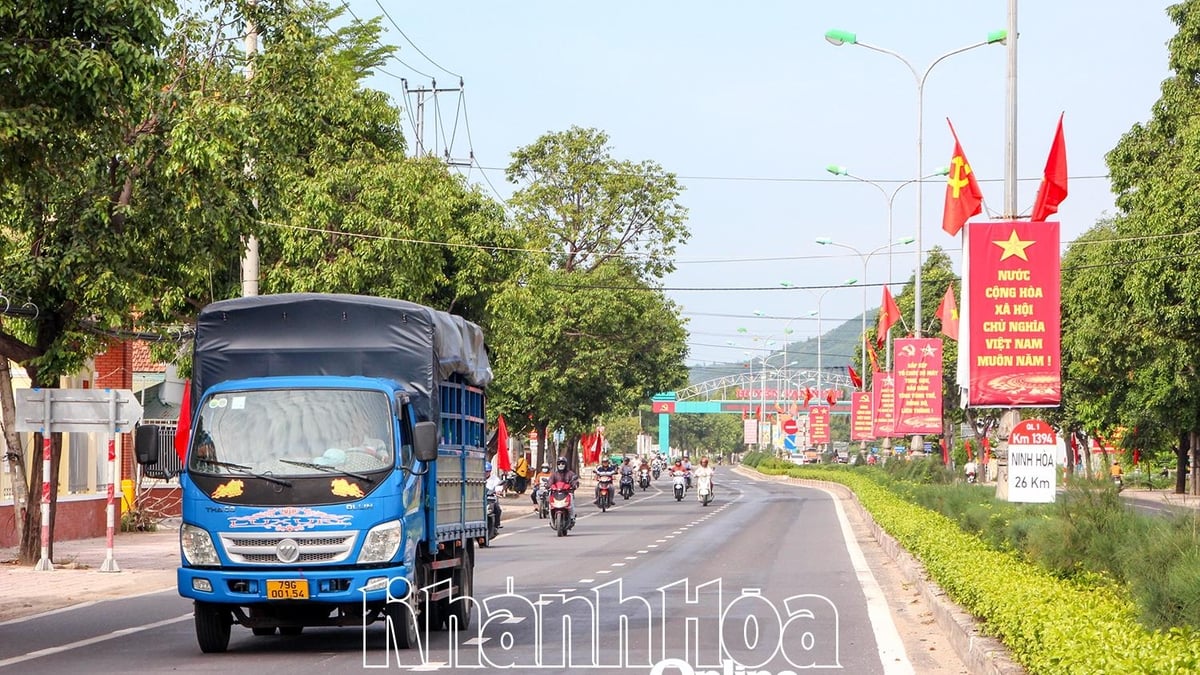
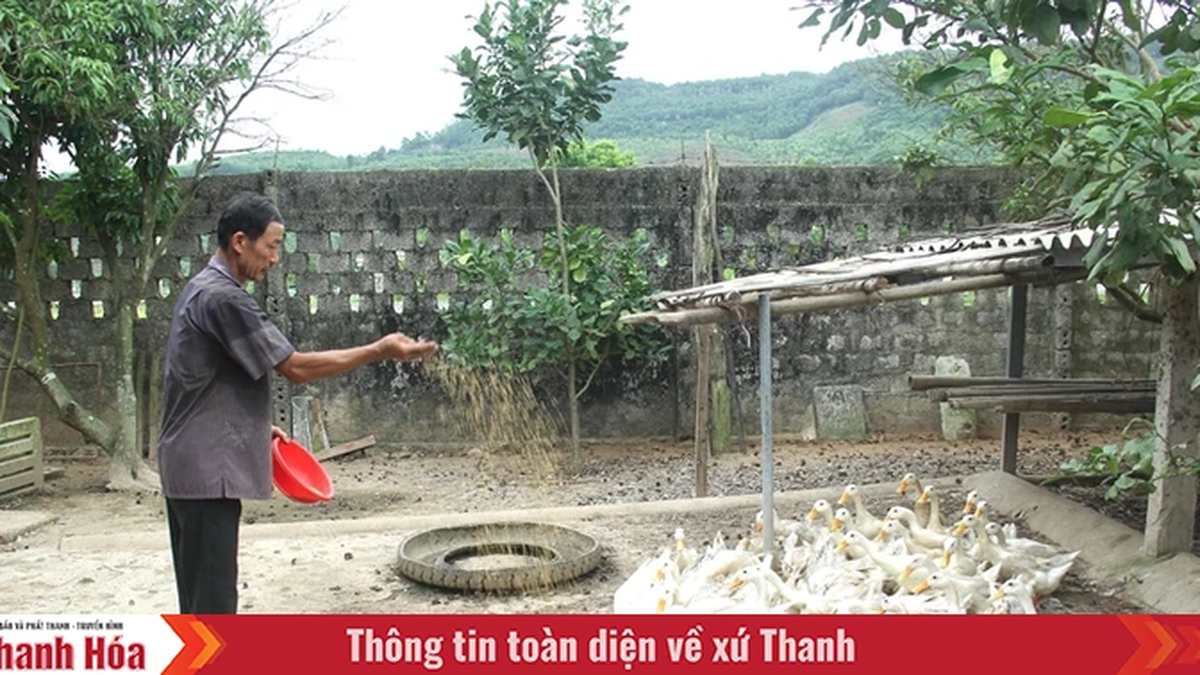














































![[Maritime News] Container shipping faces overcapacity that will last until 2028](https://vphoto.vietnam.vn/thumb/402x226/vietnam/resource/IMAGE/2025/7/30/6d35cbc6b0f643fd97f8aa2e9bc87aea)









































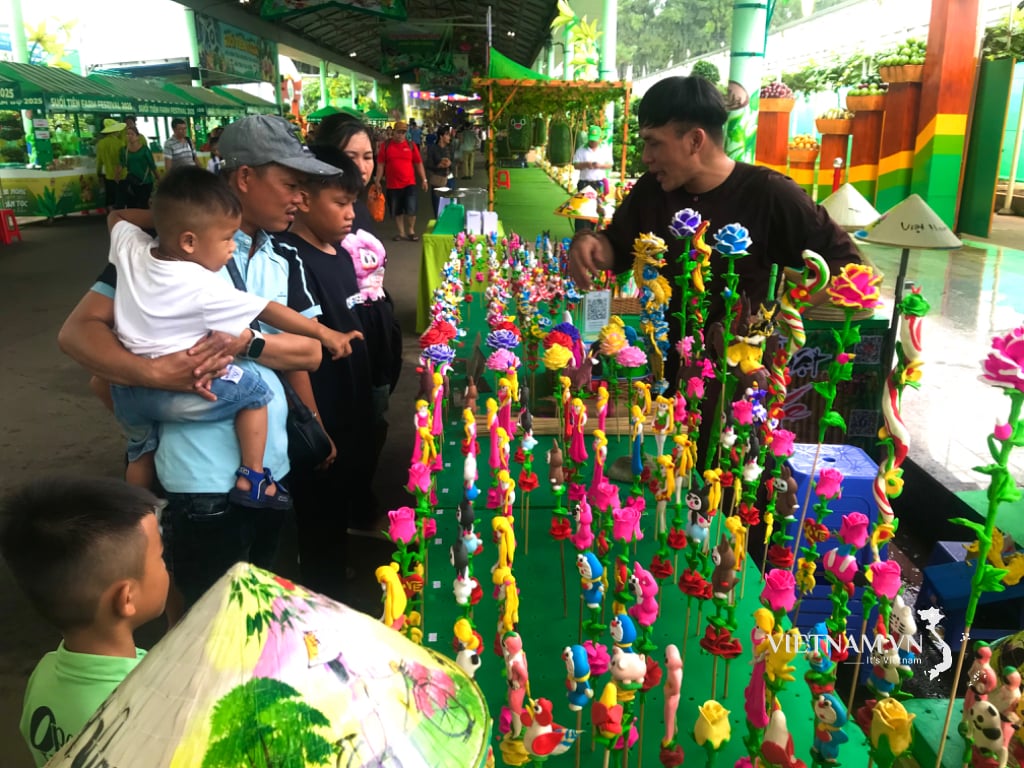
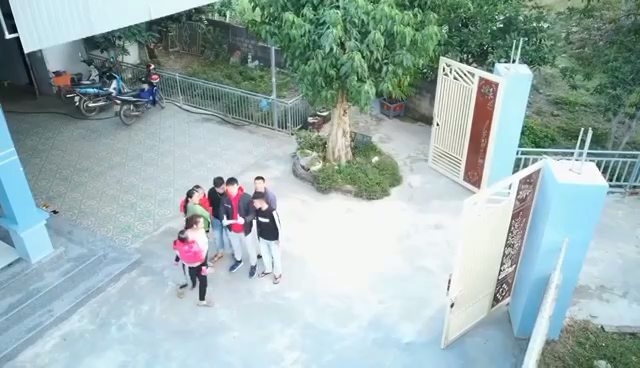
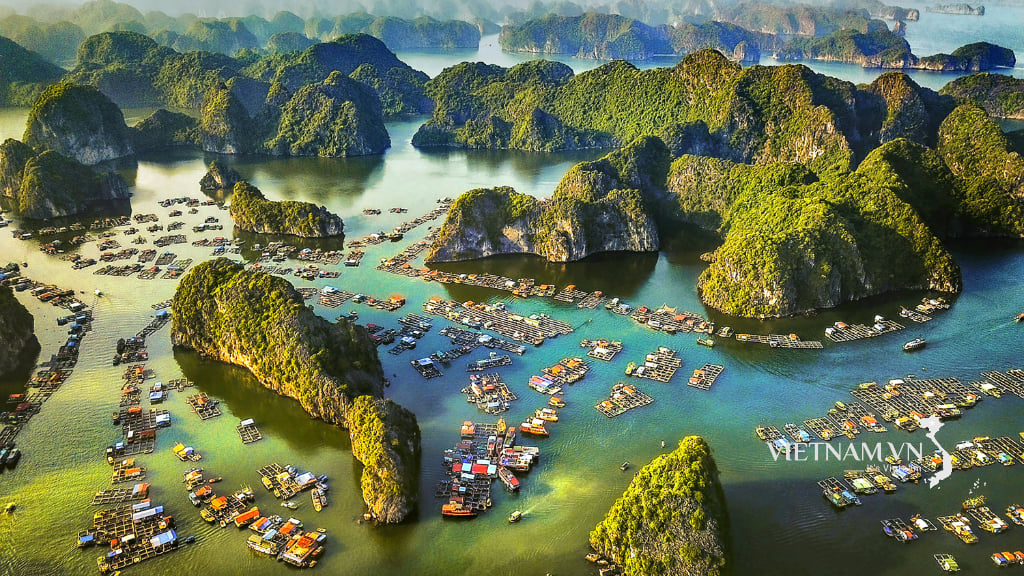

Comment (0)